Family Sylviidae (Sylviid Babblers, True Warblers)
Posted: Wed Mar 19, 2014 4:11 pm
Sylviidae is a family of passerine birds that was part of an assemblage known as the Old World warblers. The family was formerly a wastebin taxon with over 400 species of bird in over 70 genera. The family was poorly defined with many characteristics shared with other families. Advances in classification, particularly helped with molecular data, have led to the splitting out of several new families from within this group. Today the smaller family Sylviidae sensu strictu includes the typical warblers in the genus Sylvia, the parrotbills of Asia (formerly a separate family Paradoxornithidae) and a number of babblers formerly placed within the family Timaliidae.
They are small to medium-sized, with generally thin, pointed bill with bristles at the base, a slender shape and an inconspicuos and mostly plain plumage. Then wings show ten primaries feather, and are rounded and short in non-migratory species. They have longish tails.
The typical warblers are small birds belonging to the genus Sylvia. There are 28 species currently included in the genus. Typical warblers occur in the temperate to tropical regions of Europe, western and central Asia, and Africa, with the highest species diversity centred around the Mediterranean.
They are strongly built, with stouter legs and a slightly thicker bill than many other warblers, and range in size from 11 cm length and 7 g weight (African Desert Warbler) up to 17 cm length and 36 g weight (Barred Warbler). The plumage is based around varying shades of grey and brown, usually darker above and paler below, with bluish or pinkish tones in several species; several also have orange-brown or rufous fringed wing feathers. The tail is square-ended in most, slightly rounded in a few, and in several species has white sides. Many of the species show some sexual dimorphism, with distinctive male and female plumages, with the males in many having black or bright grey on the heads, replaced by brown, brownish-grey or similar dusky colours in females; about a third of the species also have a conspicuous red eye ring in males. Species breeding in cool temperate regions are strongly migratory, while most of those in warmer regions are partially migratory or resident. They are active warblers usually associated with open woodland, scrub, hedges or shrubs. Their diet is largely insectivorous, though several species also eat fruit extensively, mainly small berries.
They are small to medium-sized, with generally thin, pointed bill with bristles at the base, a slender shape and an inconspicuos and mostly plain plumage. Then wings show ten primaries feather, and are rounded and short in non-migratory species. They have longish tails.
The typical warblers are small birds belonging to the genus Sylvia. There are 28 species currently included in the genus. Typical warblers occur in the temperate to tropical regions of Europe, western and central Asia, and Africa, with the highest species diversity centred around the Mediterranean.
They are strongly built, with stouter legs and a slightly thicker bill than many other warblers, and range in size from 11 cm length and 7 g weight (African Desert Warbler) up to 17 cm length and 36 g weight (Barred Warbler). The plumage is based around varying shades of grey and brown, usually darker above and paler below, with bluish or pinkish tones in several species; several also have orange-brown or rufous fringed wing feathers. The tail is square-ended in most, slightly rounded in a few, and in several species has white sides. Many of the species show some sexual dimorphism, with distinctive male and female plumages, with the males in many having black or bright grey on the heads, replaced by brown, brownish-grey or similar dusky colours in females; about a third of the species also have a conspicuous red eye ring in males. Species breeding in cool temperate regions are strongly migratory, while most of those in warmer regions are partially migratory or resident. They are active warblers usually associated with open woodland, scrub, hedges or shrubs. Their diet is largely insectivorous, though several species also eat fruit extensively, mainly small berries.
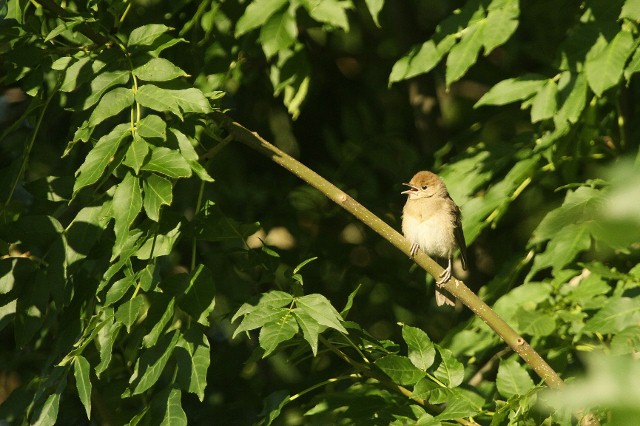
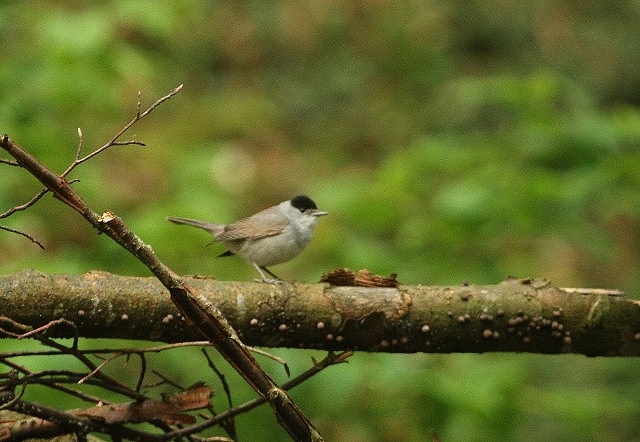
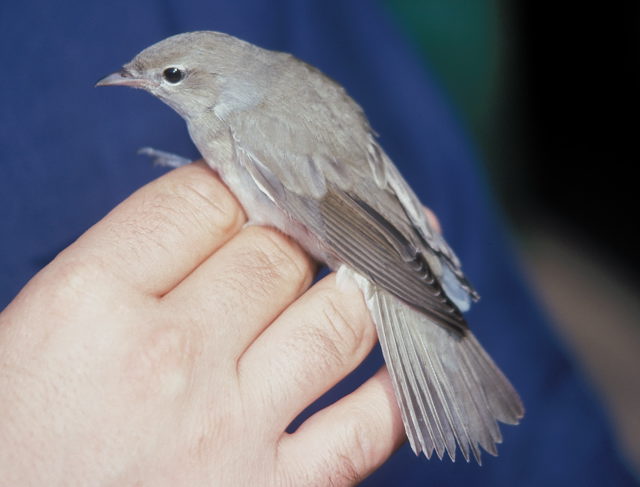
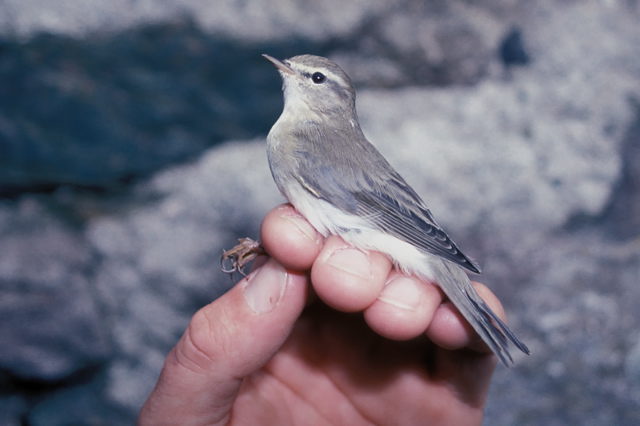
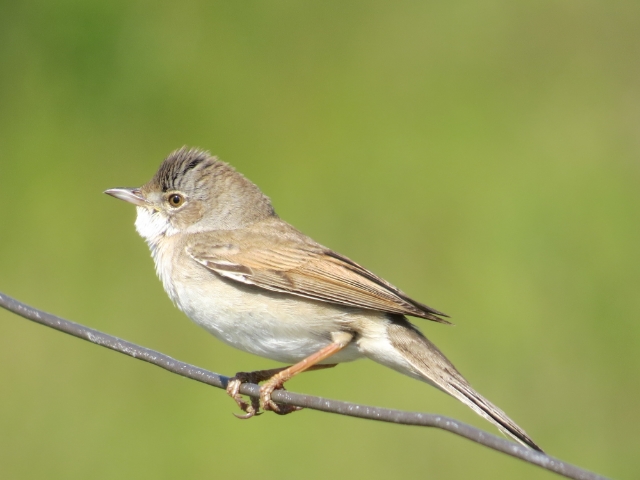

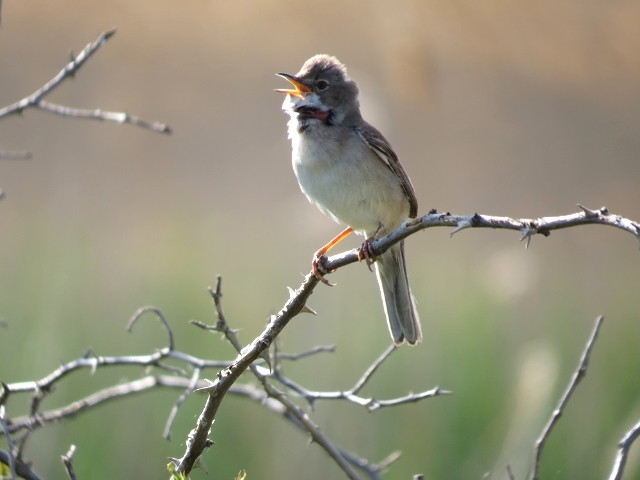
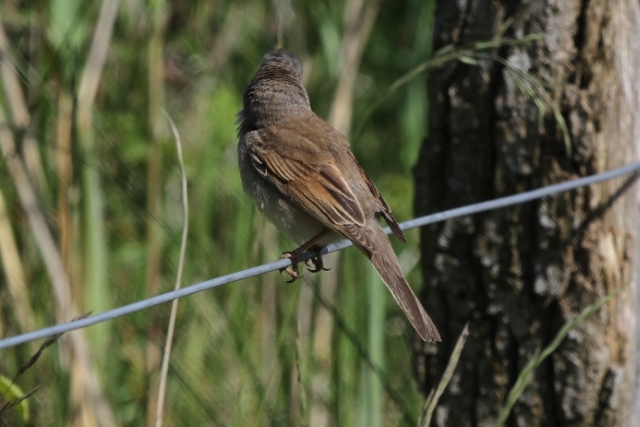
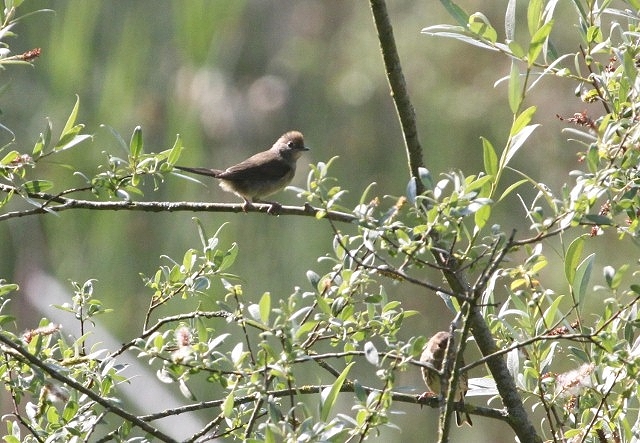 © nan
© nan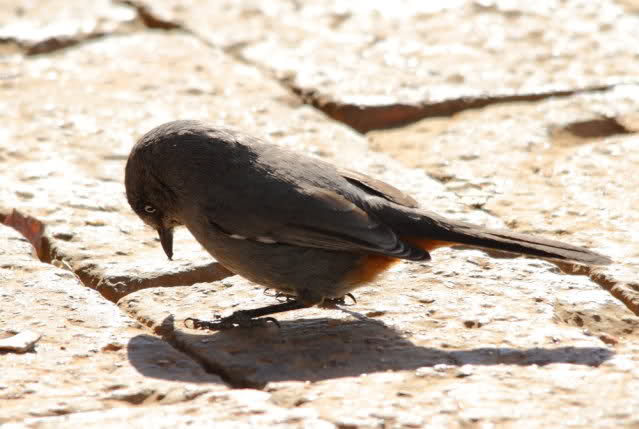 © Flutterby
© Flutterby © Mel
© Mel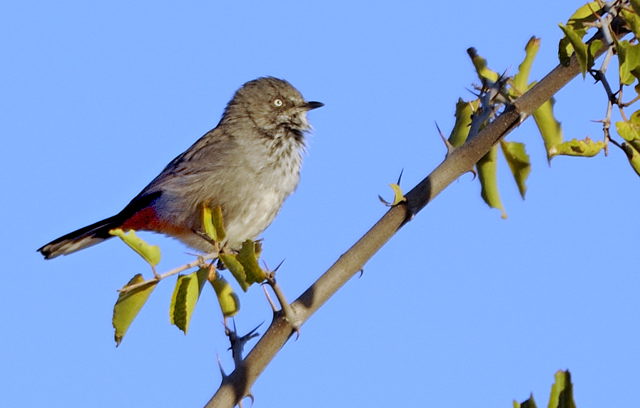 © Dewi
© Dewi